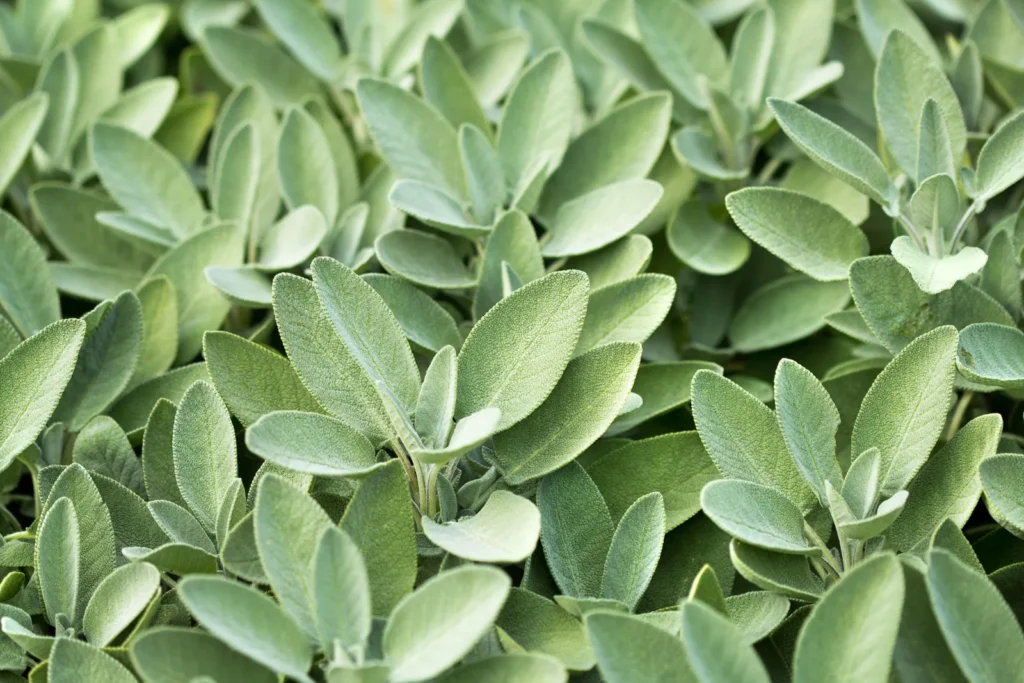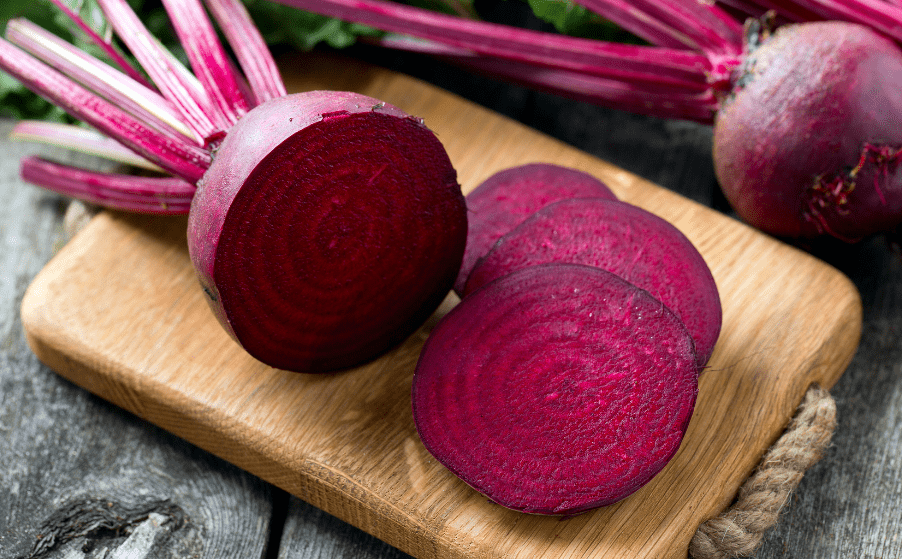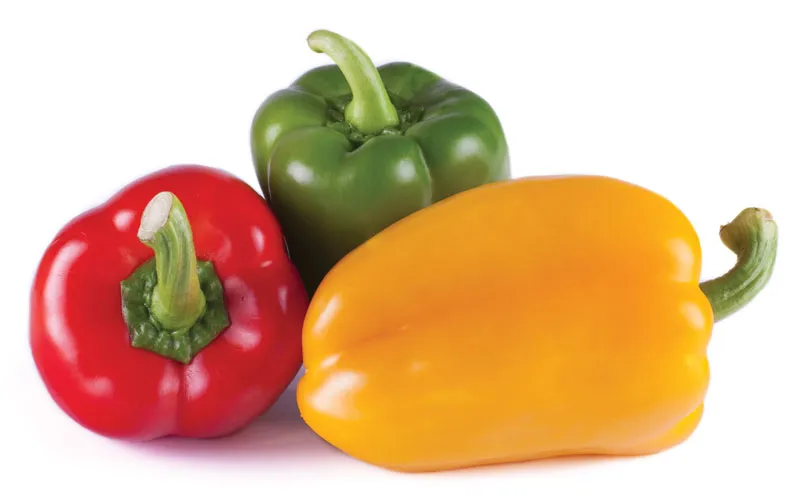
Description
A perennial herb, sage grows to a height of around 60 cm. The oval leaves come in a variety of shades, some of which are variegated, from gray-green to pale green. Usually, they have a downy, rough, or wrinkled texture. The tubular, two-lipped corollas of the spike-borne flowers are attractive to a wide variety of pollinators, including bees, butterflies, and hummingbirds. The nutlet fruits are born from the purple, pink, white, or red flowers.
Varieties
There are various varieties of sage, some of which are grown particularly for use in cooking and others of which are kept for their aesthetic value. They consist of:
“Tricolour”: Compared to the main species, this cultivar doesn’t grow as large. However, it is esteemed for both culinary and ornamental purposes because to its white, green, and pink/purple leaves.
“Purpurascens”: This variety features juvenile leaves that are dark purple and turn burgundy as they age.
‘Aurea’: This small plant has purple flowers and supple golden foliage. It is commonly used in cooking and also goes by the name of golden sage.

Uses
Sage is a Mediterranean native that is used as a flavoring in a variety of dishes, particularly in stuffings for pork, poultry, and sausages. Sage can be used fresh or dried. Because of their lovely leaves and flowers, certain kinds are often planted as ornamentals.
Nutrition
Ground sage weighs 0.7 g and has 2 calories, 0.1 g of fat, 0.1 g of protein, 0.4 g of carbohydrates, 0.3 g of fat, 0.3 g of fiber, 10% of vitamin, 1.1% of iron, 1.1% of vitamin B6, 1% of calcium, and 1% of manganese.
The majority of the vitamins and minerals in ground sage are calcium and iron, but it also has flavonoids, iron, volatile oils, and phenolic acids. However, because sage is used in moderation, you might only receive modest concentrations of them.
Cultivation
Pick a planting location with full light and protection from high winds. The soil must never get soggy and should drain freely. Plant in a raised bed or a container for enhanced drainage if your soil is poorly drained.
Table





